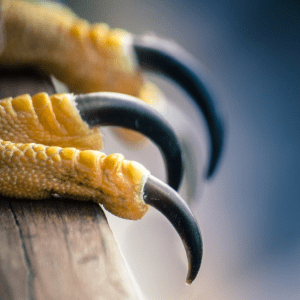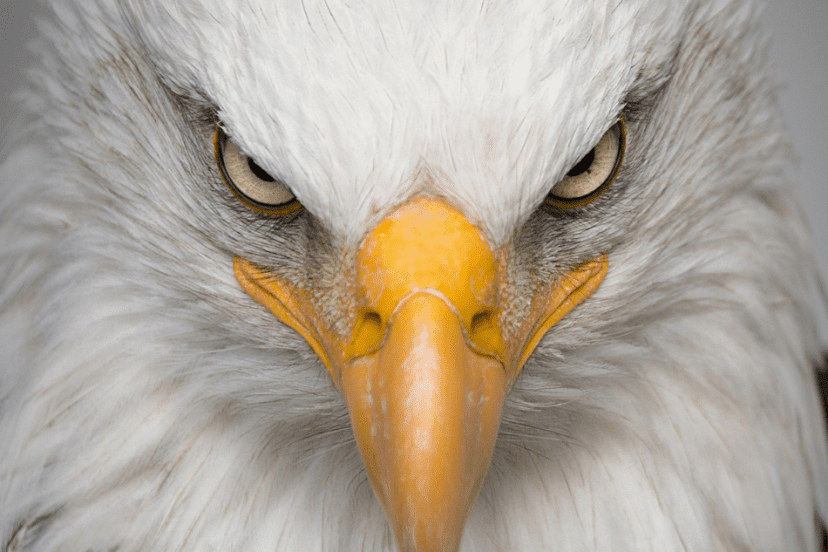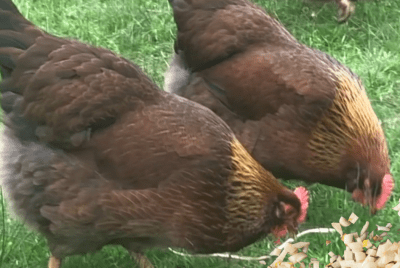Protecting Chickens From Aerial Predators
Introduction: Protecting Chickens From Aerial Predators
Over the years, chicken owners have discovered the importance of netting covers when it comes to protecting chickens from aerial predators. These covers provide a crucial layer of defense against hawks, owls, and other flying threats that can pose a serious danger to free-ranging chickens. Whether you have a stationary coop or a movable chicken paddock, investing in netting covers can make a significant difference in keeping your feathered friends safe. To learn more about how to enhance your chickens’ protection from aerial predators in a movable chicken paddock.

Key Takeaways:
- Netting covers can provide vital protection for your chickens from aerial predators such as hawks and owls.
- Using netting covers can help create a physical barrier that prevents predators from reaching your chickens.
- Netting covers are especially beneficial for free-range chickens that are exposed to open spaces.
- Regularly inspecting and maintaining the netting covers is crucial to ensure they remain effective in protecting your chickens.
- Investing in quality netting covers is worthwhile to safeguard your flock and provide peace of mind as a poultry owner.
Exploring Netting Solutions
Types of Netting Covers: Pros and Cons
Solutions for protecting your chickens from aerial predators come in various forms, each with its own set of advantages and disadvantages. Here is a breakdown of the pros and cons of different types of netting covers:
| Types of Netting Covers: | Pros and Cons: |
| 1. Nylon Netting | Pros: Lightweight and affordable Cons: Susceptible to tears and may need frequent replacement |
| 2. Wire Mesh Netting | Pros: Durable and long-lasting Cons: Heavier and more expensive than nylon netting |
| 3. Electric Netting | Pros: Provides additional security with electric shock feature Cons: Requires electricity source and regular maintenance |
| 4. Avian Netting | Pros: Specifically designed to deter birds Cons: May be more costly than other options |

Measuring and Installing Your Netting
Any successful netting solution starts with proper measurement and installation to ensure maximum protection for your chickens. Taking accurate measurements of your coop or free-range area is necessary to determine the right size of netting needed. Install the netting securely to prevent any gaps that predators could exploit.
Types of netting come with their specific installation requirements, so be sure to follow the manufacturer’s guidelines for the best results. Double-check all attachments and support structures to ensure a secure fit. Regularly inspect the netting for wear and tear, and make timely repairs to maintain its effectiveness.
Alternatives to Netting
Physical Structures and Their Effectiveness
With the concern of aerial predators lurking, there are other options besides netting to consider. Physical structures like enclosed aviaries or covered runs can provide a barrier between your chickens and potential threats. These structures can be effective in keeping your feathered friends safe from above.
Non-Physical Deterrents You Can Try
Their are also non-physical deterrents that can help keep aerial predators at bay. Sound deterrents like motion-activated alarms or predator calls can startle predators and deter them from approaching your coop. Additionally, visual deterrents such as predator decoys or shiny objects can confuse and discourage predators from targeting your chickens.
Non-Physical deterrents may not physically block aerial predators like netting does, but they can be a valuable addition to your predator prevention strategy. By combining both physical structures and non-physical deterrents, you can create a comprehensive defense system to protect your flock.
Maintenance and Monitoring
Keeping Your Netting in Top Condition
Keeping your netting in top condition is crucial for protecting your chickens from aerial predators. Regularly inspect the netting for any tears, holes, or damage that could compromise its effectiveness. Repair any issues promptly to ensure that your chickens remain safe and secure.

Observing Flock Behavior and Predator Patterns
To effectively protect your chickens, it’s important to observe their behavior and any predator patterns. Take note of any signs of stress or distress in your flock, as this could indicate a potential predator threat. Additionally, pay attention to any patterns of predator activity in your area, such as frequent sightings or attacks. By staying vigilant and aware, you can better protect your chickens from aerial predators.
Maintenance of your netting is crucial to ensure the safety of your chickens. Any damage to the netting can provide an easy entry point for predators, putting your flock at risk. By regularly inspecting and repairing the netting, you can prevent potential attacks and keep your chickens safe and secure.
Final Words on Protecting Chickens From Aerial Predators
With these considerations in mind, it is clear that netting covers can be an necessary tool in protecting your chickens from aerial predators. By installing netting covers over your coop and run, you can provide an extra layer of security and peace of mind knowing that your feathered friends are safe from potential threats above. Investing in netting covers is a simple and effective way to safeguard your chickens and ensure their well-being. So, why take the risk when you can easily prevent aerial predators from harming your flock with the help of netting covers?
FAQ’s about Protecting Chickens From Aerial Predators
Q: Why are netting covers imperative for protecting chickens from aerial predators?
A: Netting covers are imperative for protecting chickens from aerial predators like hawks and owls as they create a physical barrier that prevents these predators from swooping down and attacking the chickens.
Q: What are the benefits of using netting covers for chicken coops?
A: Using netting covers for chicken coops not only protects the chickens from aerial predators but also provides shade, keeps out other pests like rodents, and can help prevent the chickens from flying out of the coop.

Q: How do netting covers help in protecting chickens from aerial predators?
A: Netting covers are usually made of strong and durable materials that are difficult for predators to penetrate. They are also placed strategically over the chicken coop to ensure full coverage and protection.
Q: Are there different types of netting covers available for chicken coops?
A: Yes, there are different types of netting covers available for chicken coops, including nylon netting, wire mesh netting, and even electrified netting for added protection against predators.
Q: How can I ensure the netting covers are installed properly for maximum protection?
A: To ensure the netting covers are installed properly, make sure they are securely attached to the coop and surrounding structures, regularly inspect them for any damage or wear, and replace any damaged sections promptly to maintain the protection of your chickens.
Herbs that are Good For Chickens
5 Foods to Avoid Feeding your Chickens









